The methods used for branding and decoration will vary depending on the product chosen. Below is an overview of the different methods.
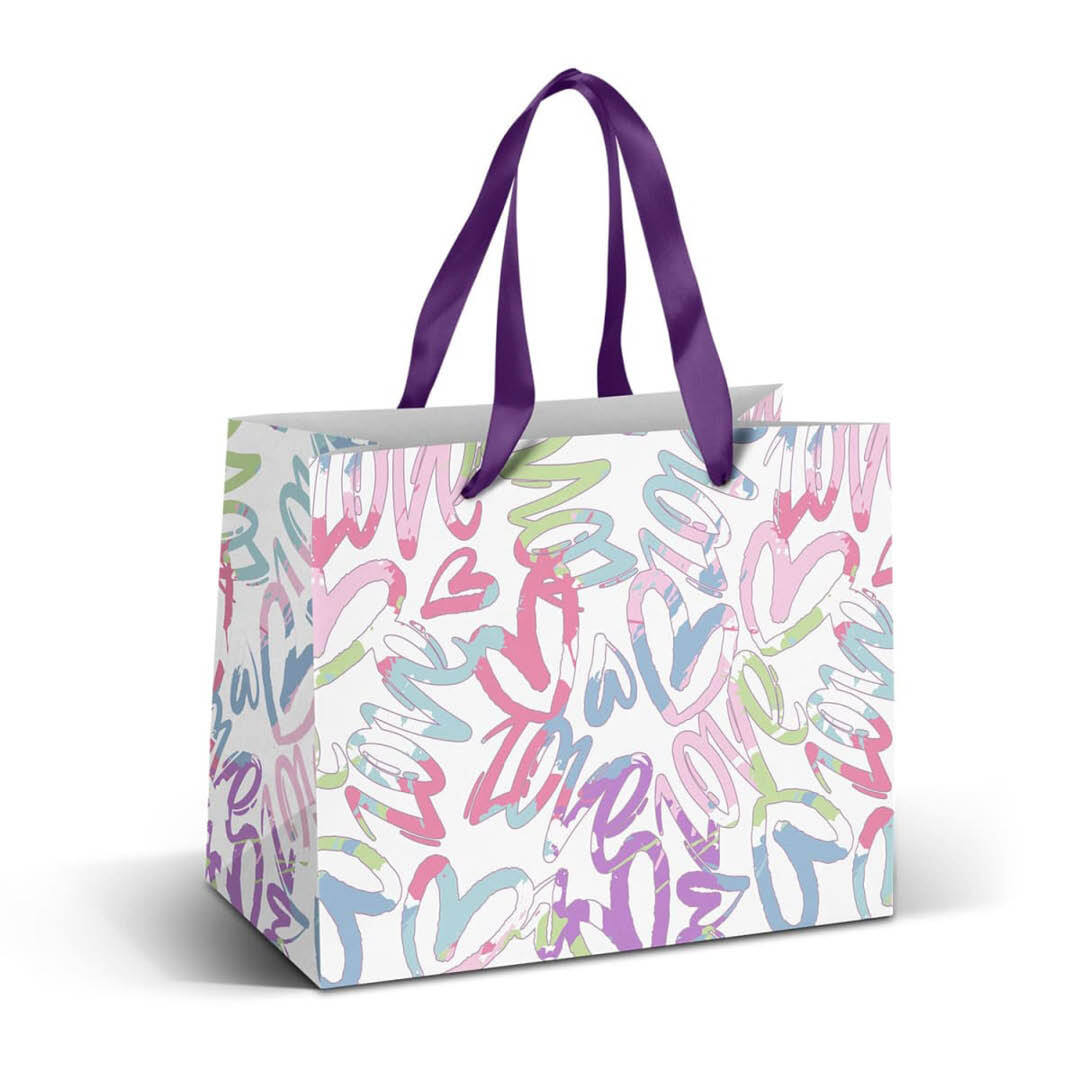
Offset Print
A printing technique where ink is transferred from a plate to a rubber blanket, then to the printing surface.
Advantages:
- High-quality and consistent printing
- Cost-effective for large runs
- Great for detailed, multi-colour designs
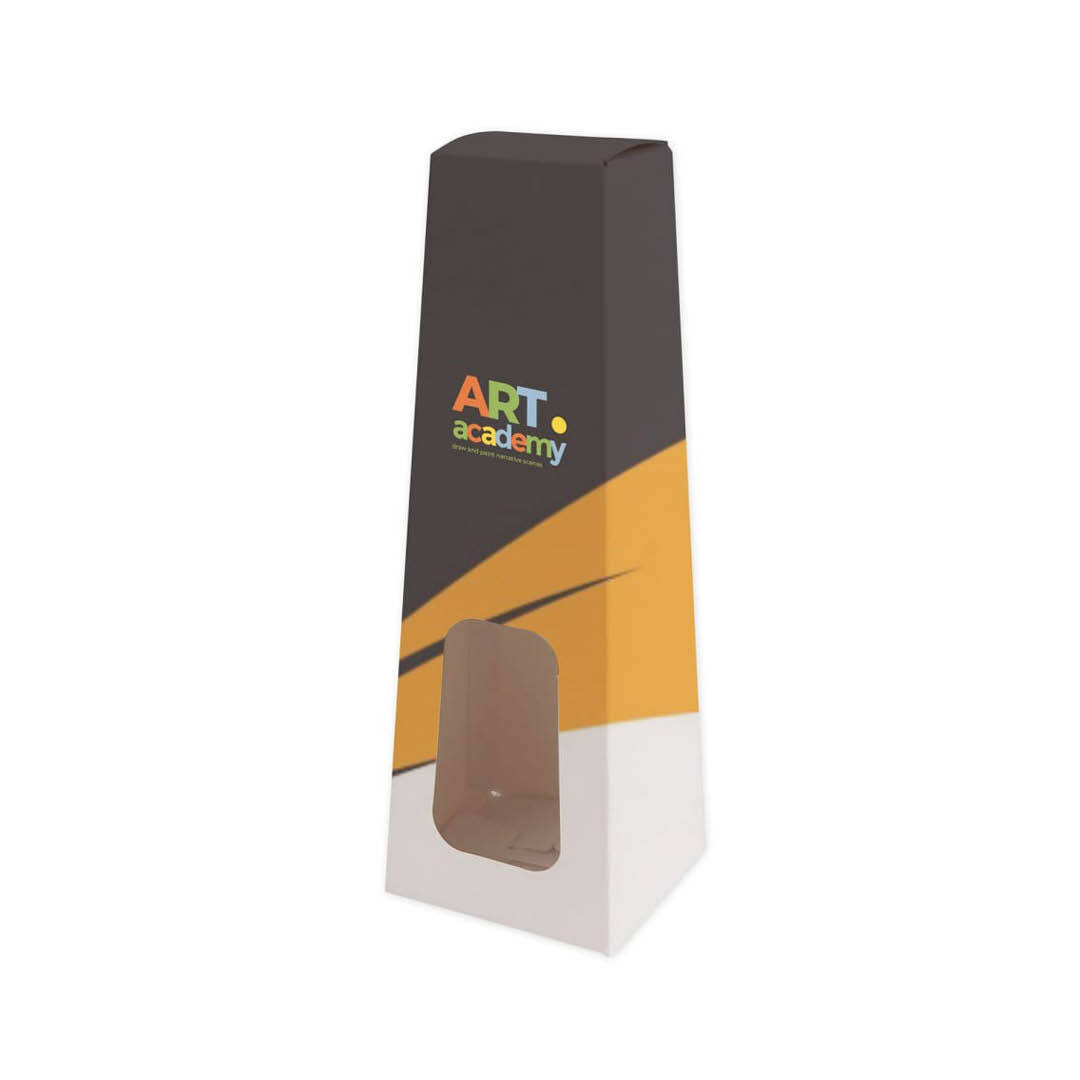
Packaging
Customised packaging with printed branding or design, used for promotional or retail products.
Advantages:
- Enhances brand visibility
- Customisable for different products
- Adds a professional touch
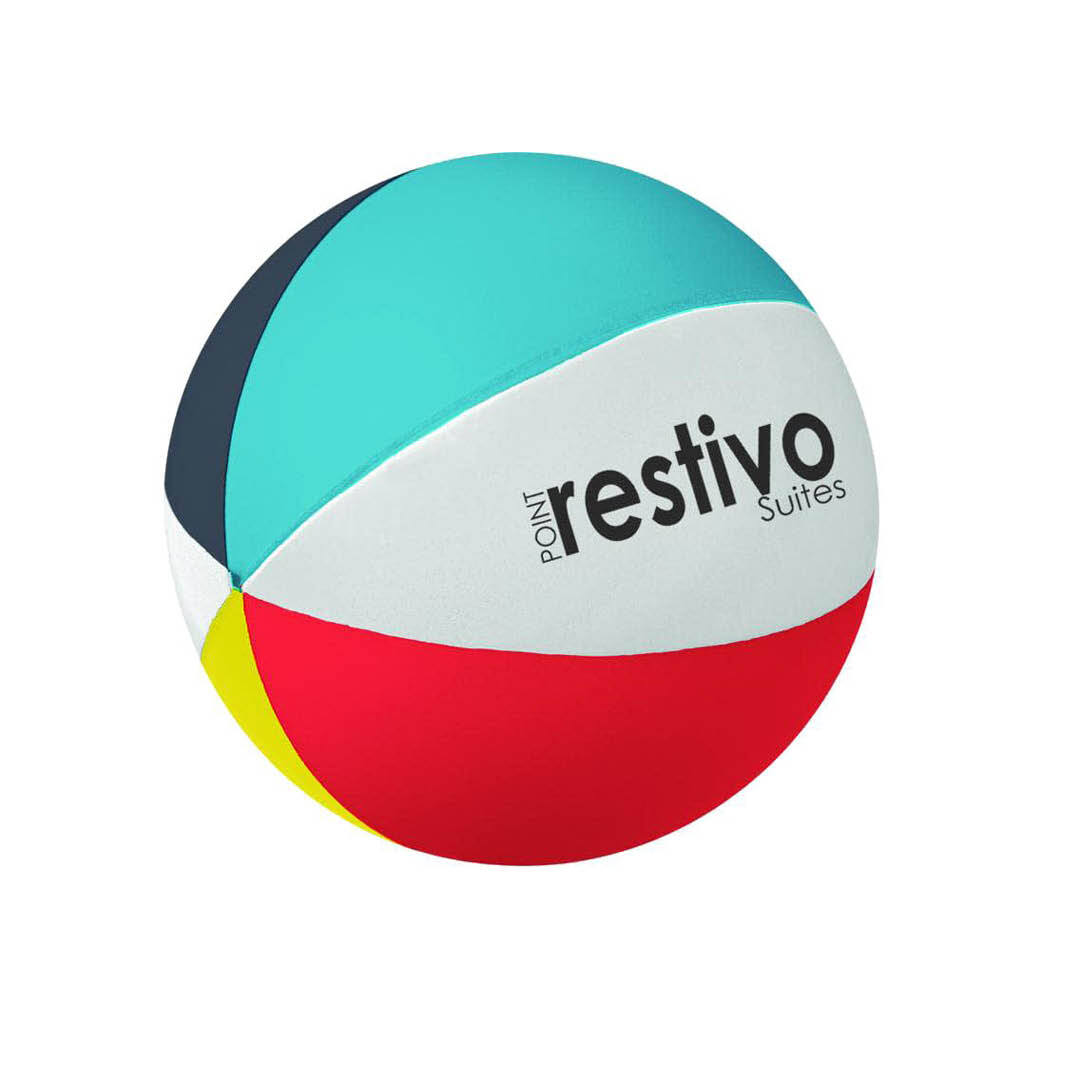
Pad Print
A process that uses a silicone pad to transfer ink onto a surface, commonly used for curved or irregular objects.
Advantages:
- Versatile and suitable for irregular shapes
- Can print on a wide variety of materials
- Ideal for smaller logos and text
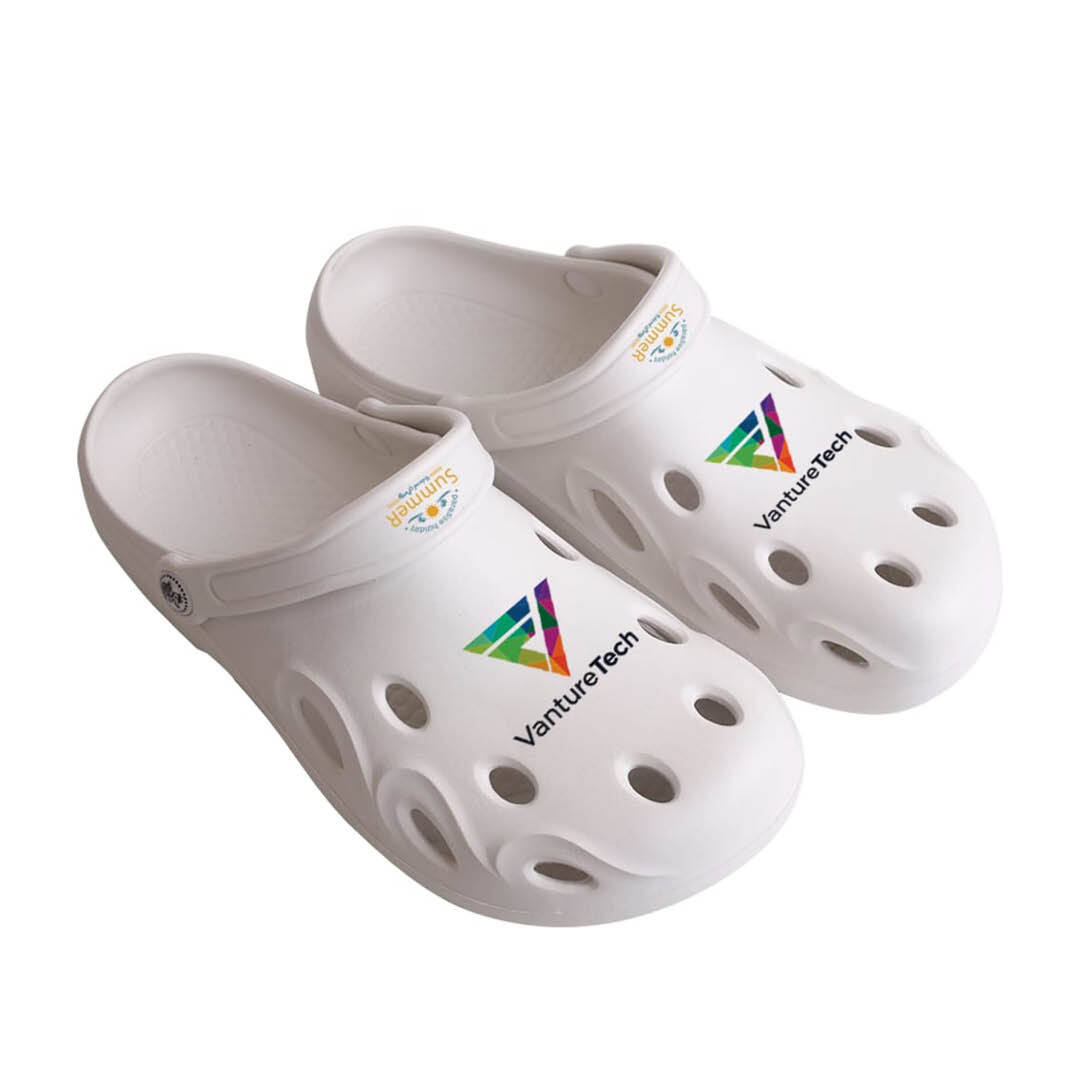
Plastisol Transfer
A heat transfer method using plastisol ink, typically applied to fabrics.
Advantages:
- Vibrant colours with a soft feel
- Long-lasting and durable
- Works well for detailed designs
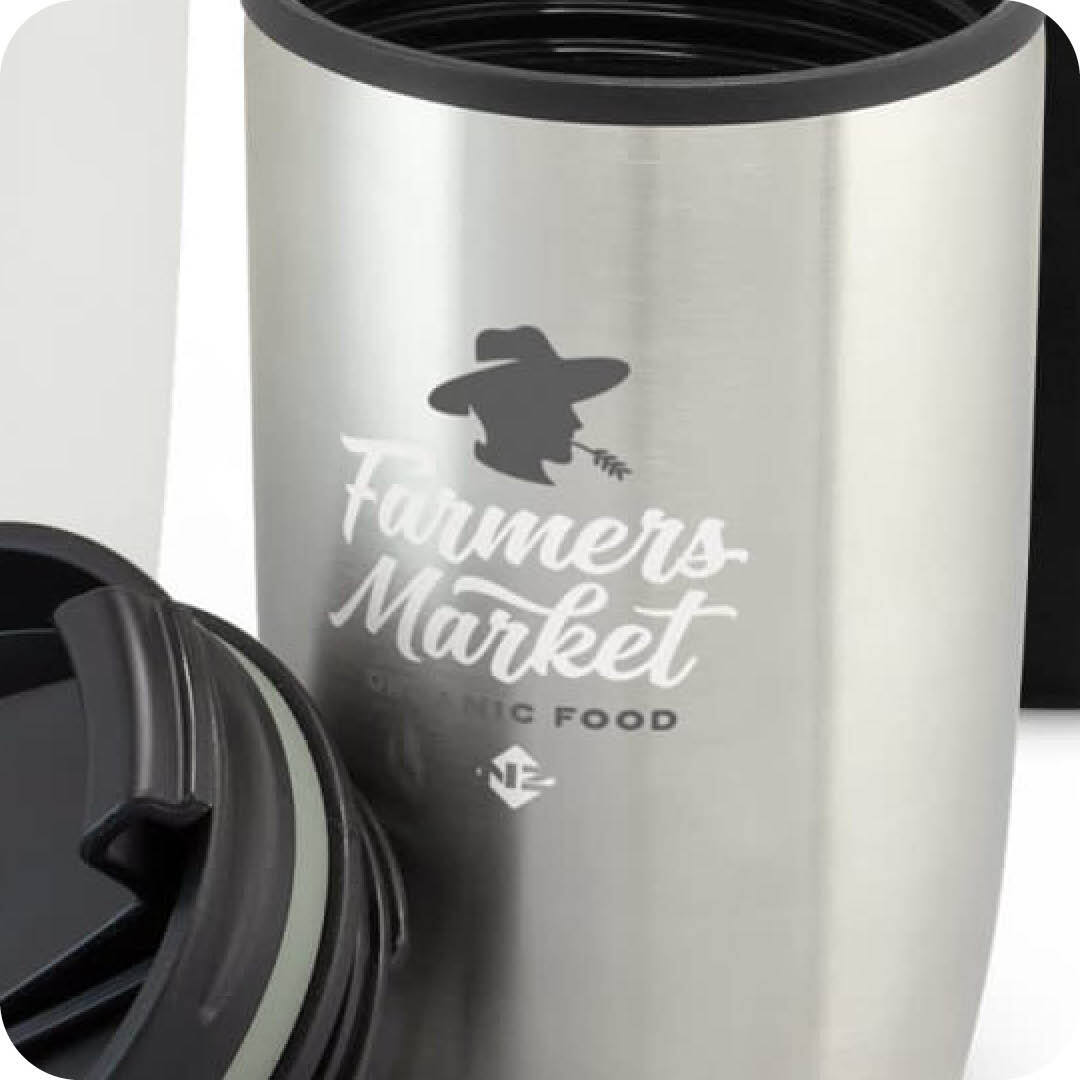
Rotary Direct Digital
A direct digital printing method that prints full-colour designs onto cylindrical products, such as bottles or drinkware.
Advantages:
- High-quality, full-colour printing
- Suitable for cylindrical and curved items
- Quick production time
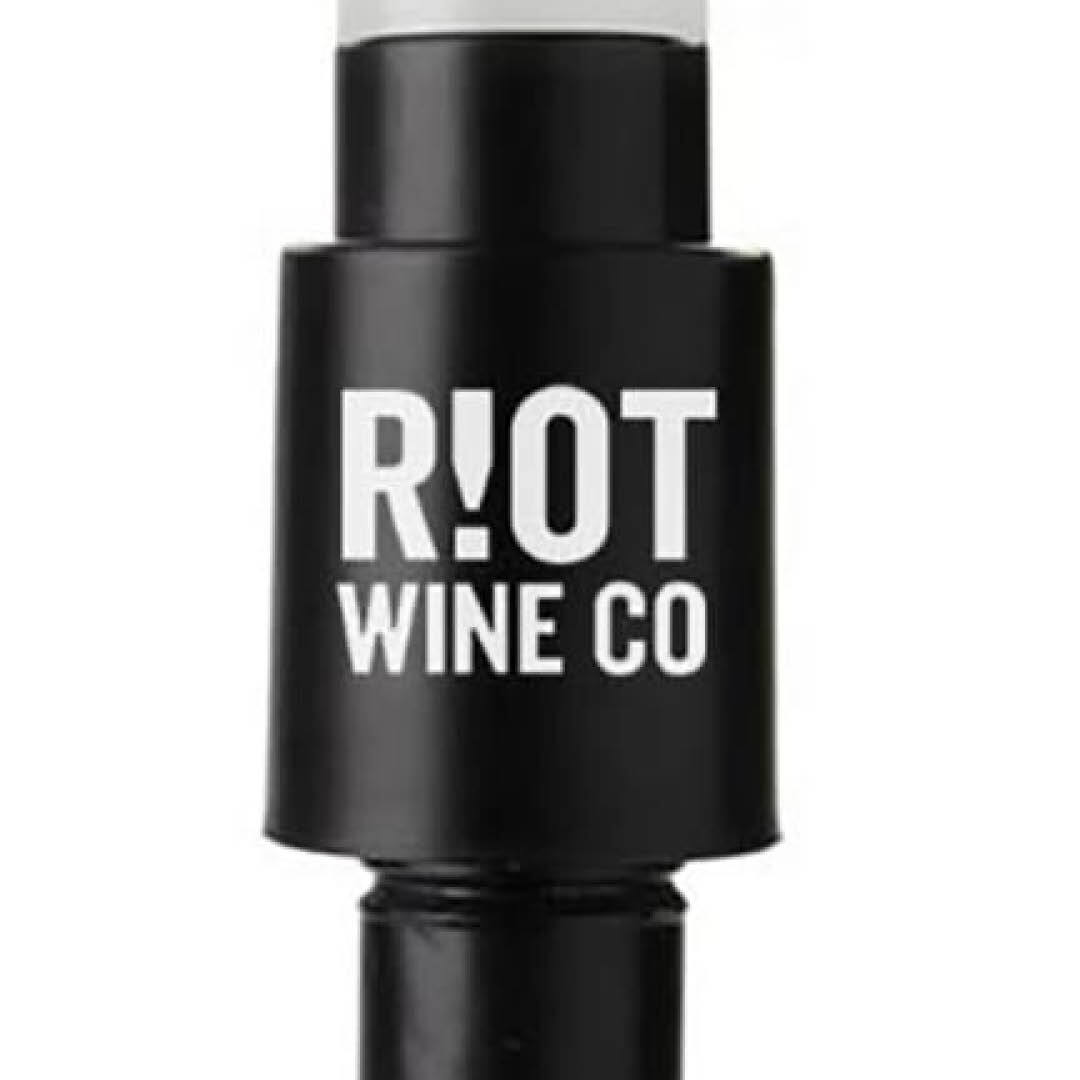
Rotary Screen Print
A screen-printing method designed for cylindrical or rounded objects.
Advantages:
- High-quality printing on curved surfaces
- Cost-effective for large print runs
- Suitable for a wide range of materials
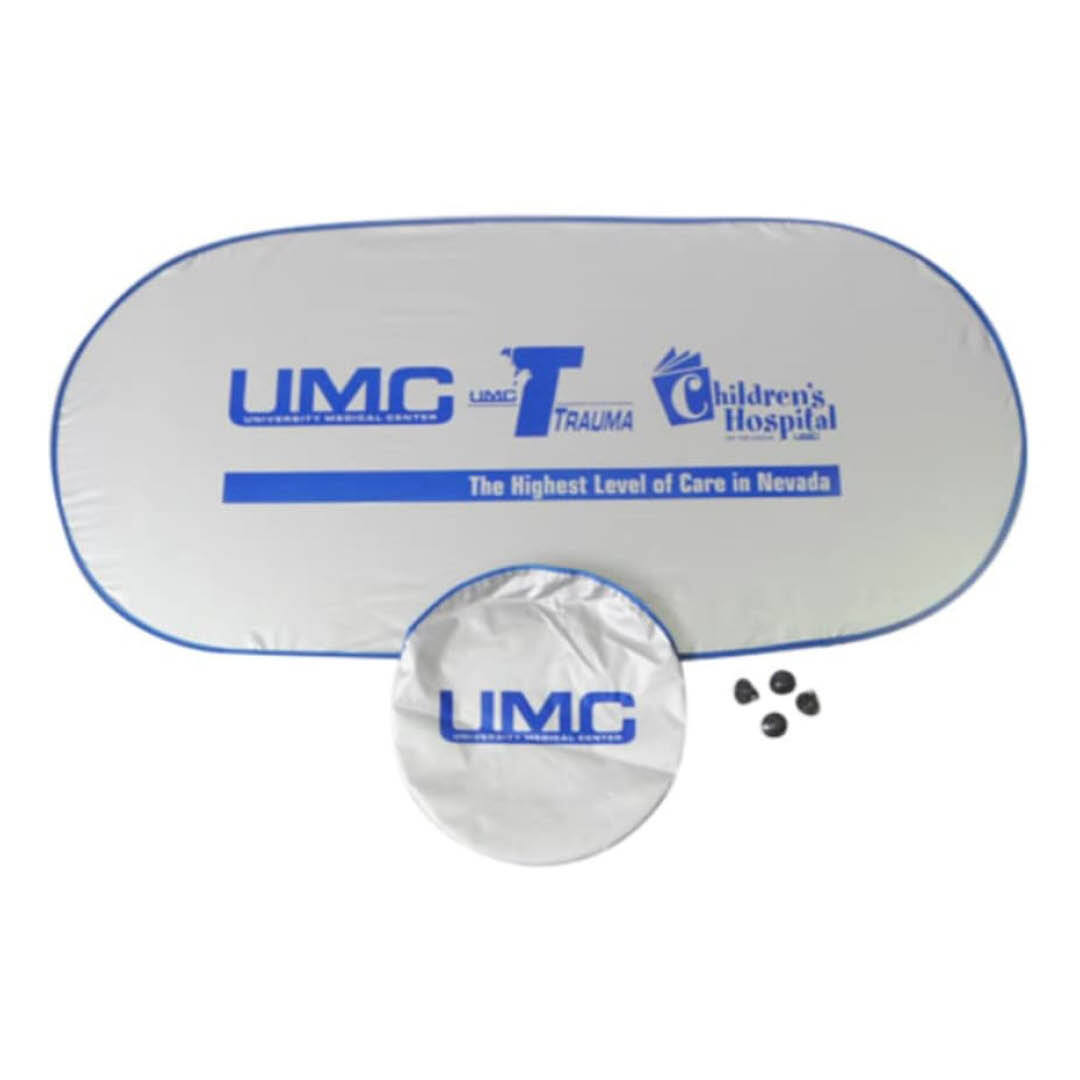
Screen Print
A printing technique where ink is pressed through a screen to create designs on various products.
Advantages:
- Ideal for bold and simple designs
- Cost-effective for large runs
- Versatile for different materials and products
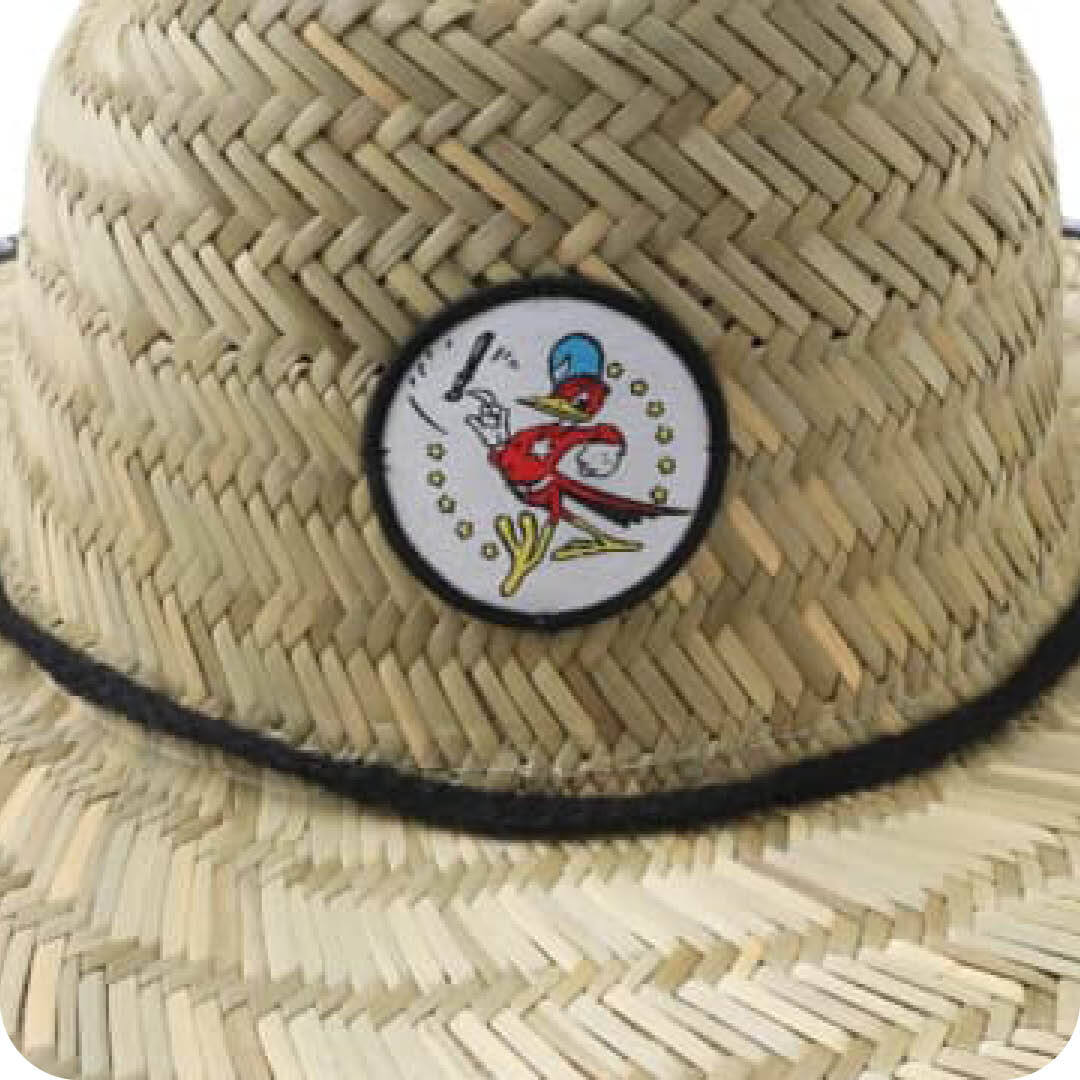
Standard Embroidery
The process of stitching a design onto fabric, typically used for uniforms, caps, or bags.
Advantages:
- Durable and long-lasting
- Adds a professional appearance
- Works well for logos and text
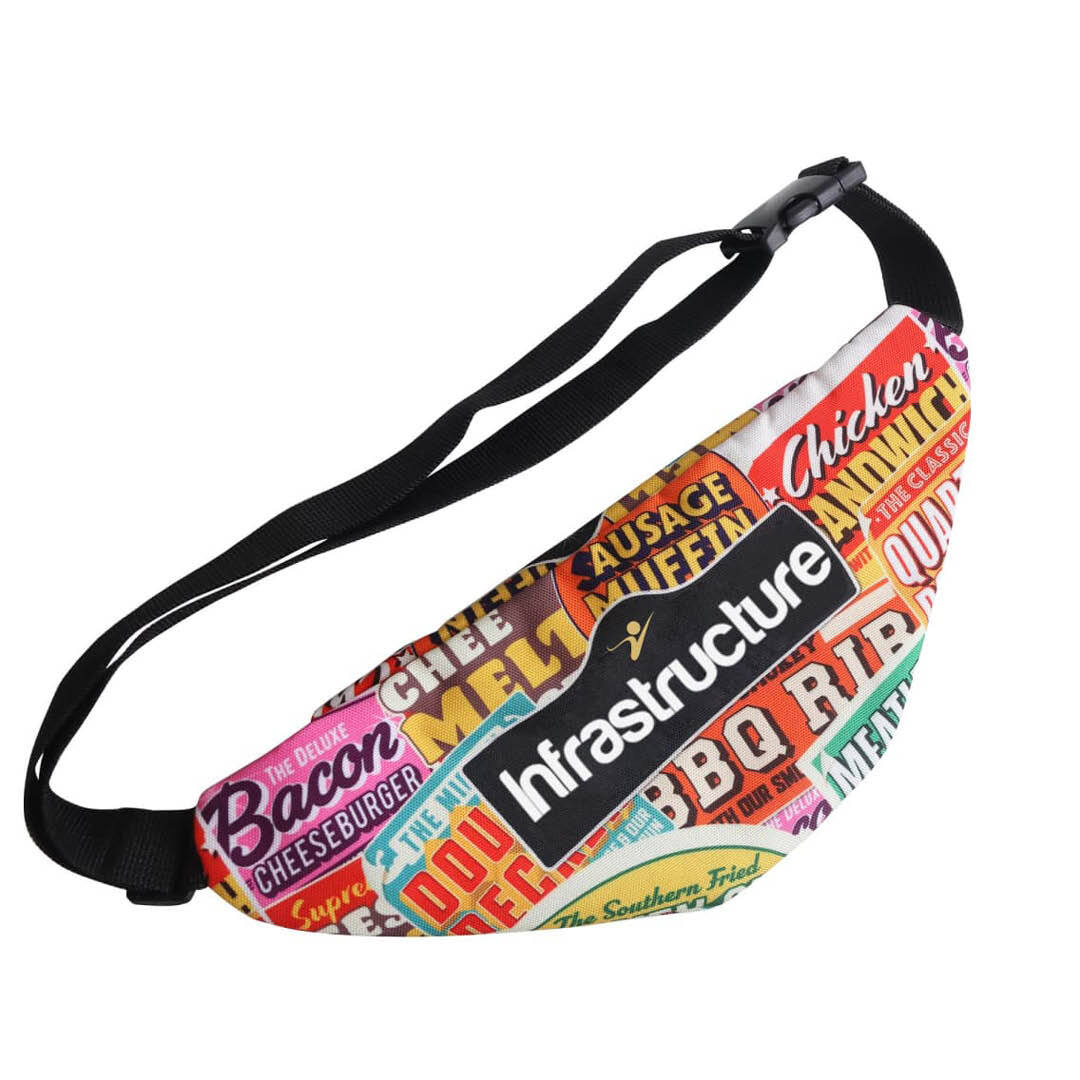
Sublimation
A printing process that uses heat to transfer dye onto materials like fabric or ceramics.
Advantages:
- Full-colour, high-quality images
- Permanent and durable
- Ideal for fabric items like clothing or drinkware
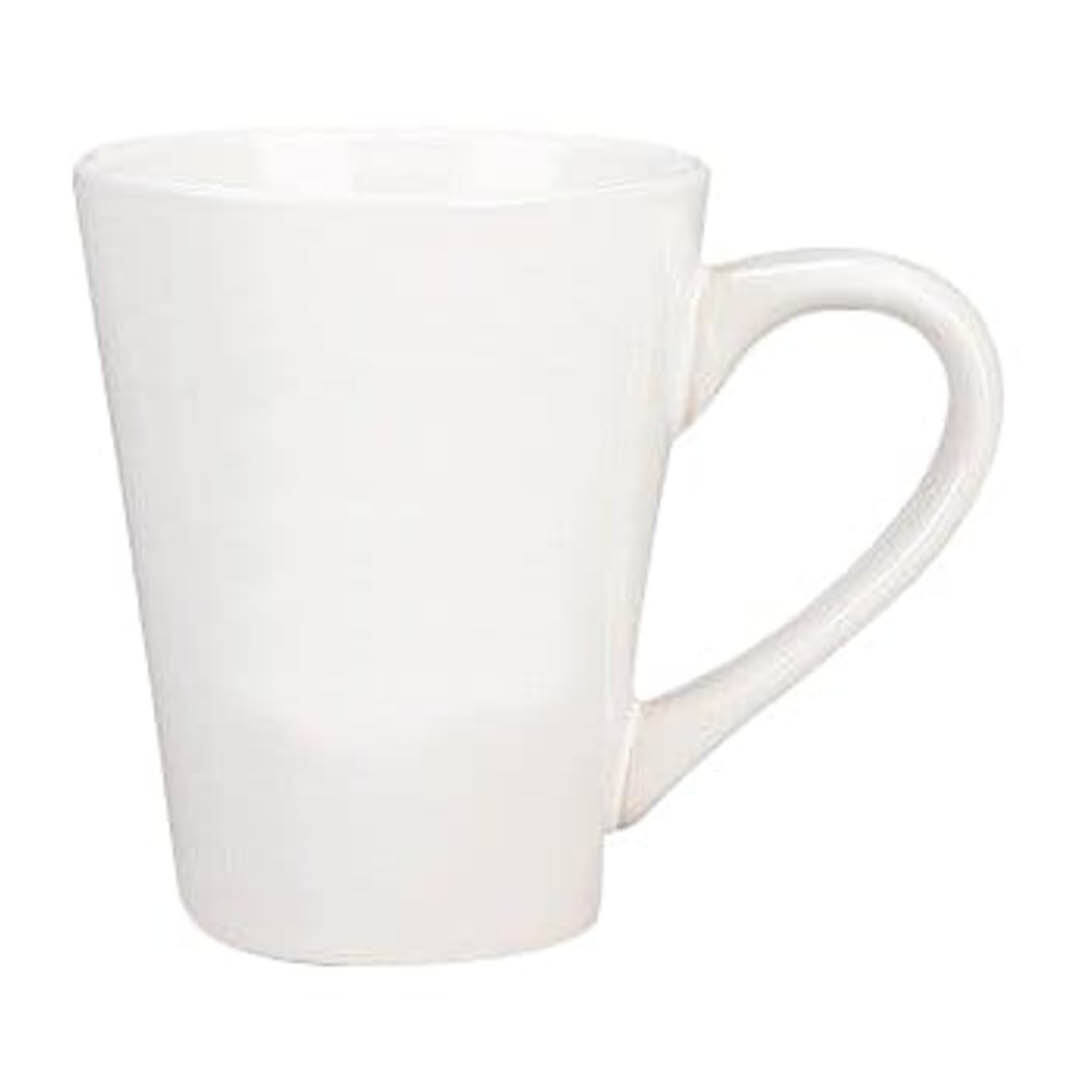
Unbranded
Products without any branding or customisation, typically used for generic promotional giveaways.
Advantages:
- Cost-effective for bulk orders
- Versatile for a wide range of uses
- Neutral and non-specific
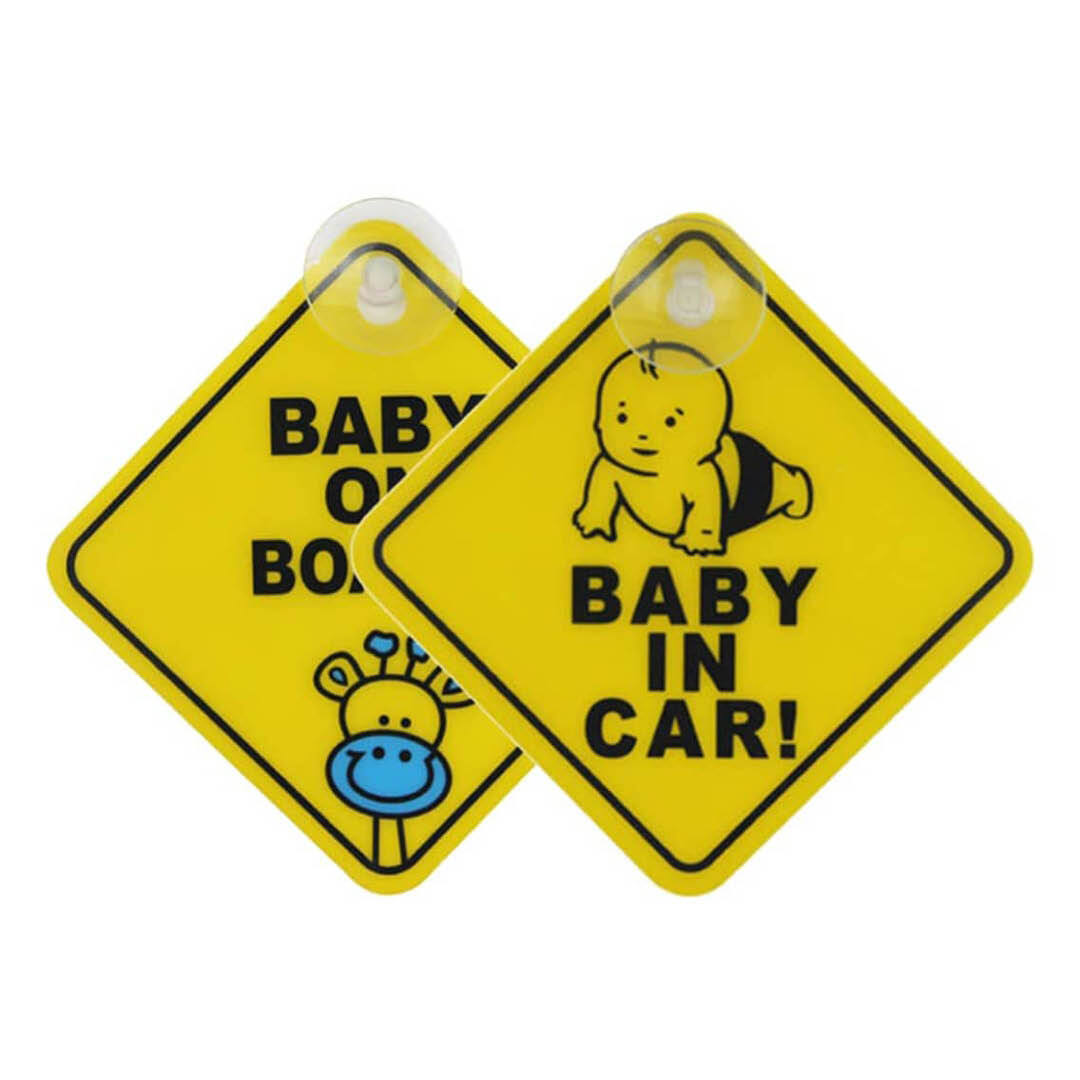
UV Print
A high-quality printing process that uses ultraviolet light to cure the ink, resulting in a durable and vibrant finish.
Advantages:
- Fast drying time
- High-quality, full-colour printing
- Suitable for a variety of materials
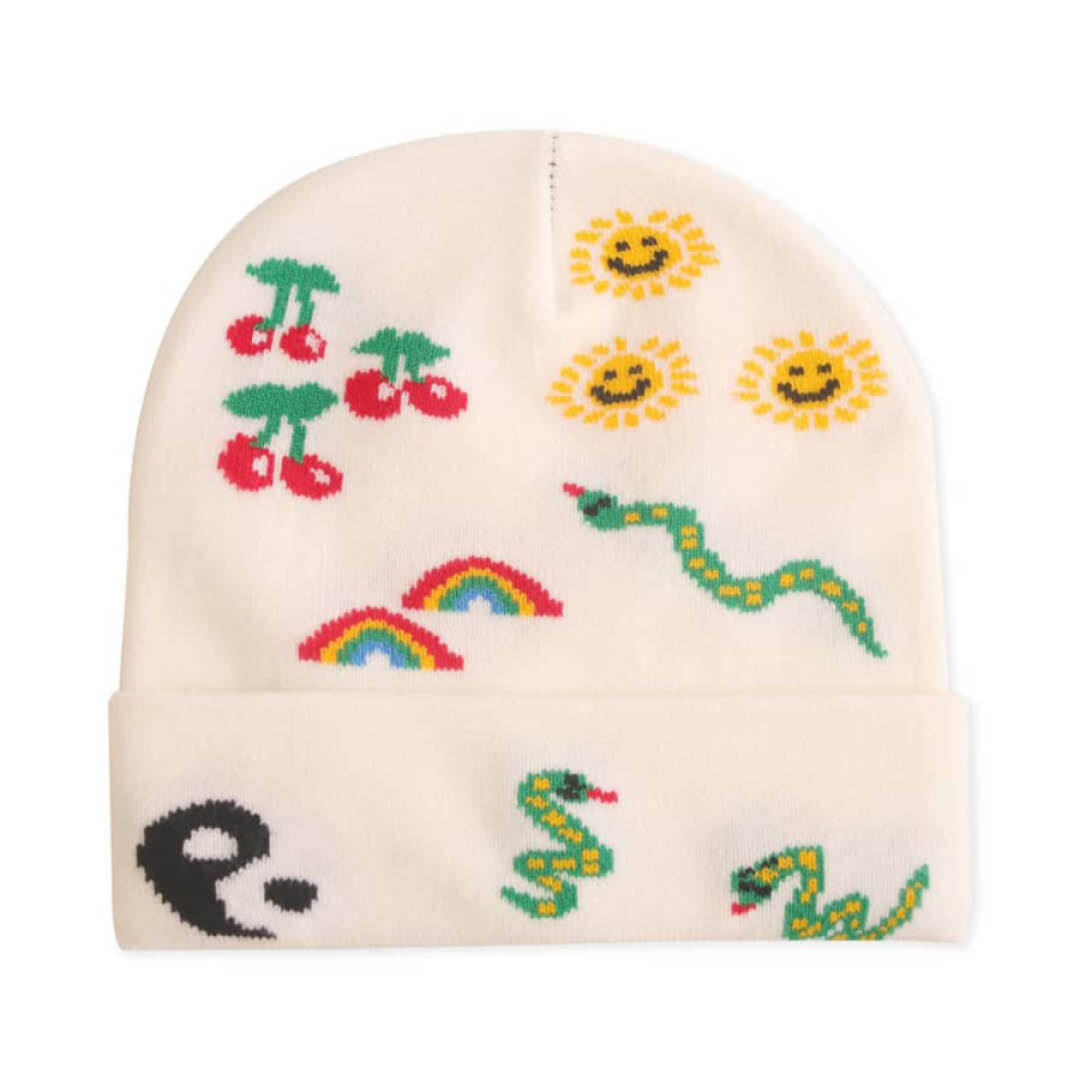
Woven
A method of creating designs by weaving threads into fabric, often used for labels or badges.
Advantages:
- Durable and long-lasting
- Detailed and high-quality finish
- Suitable for clothing and accessories
